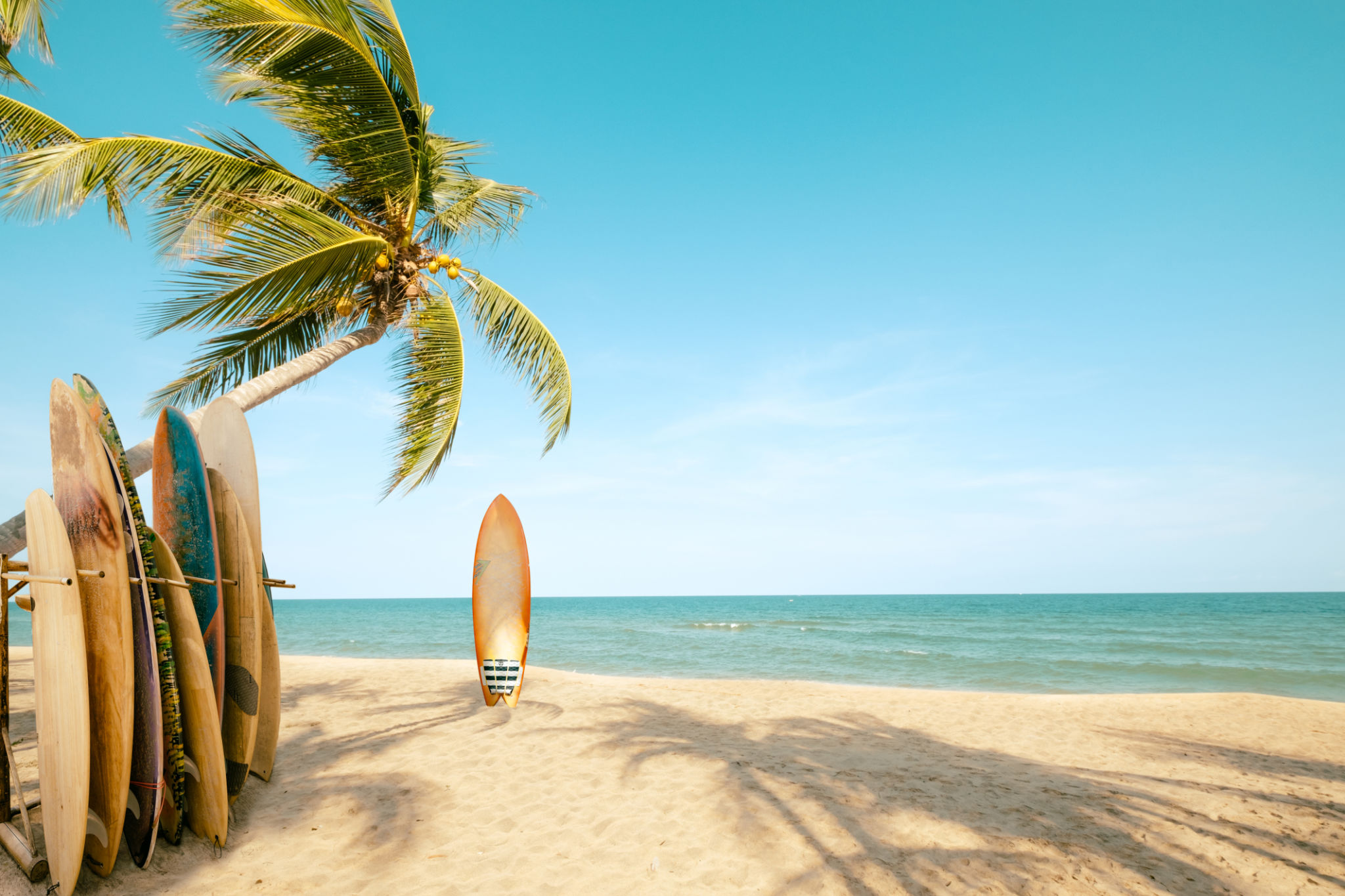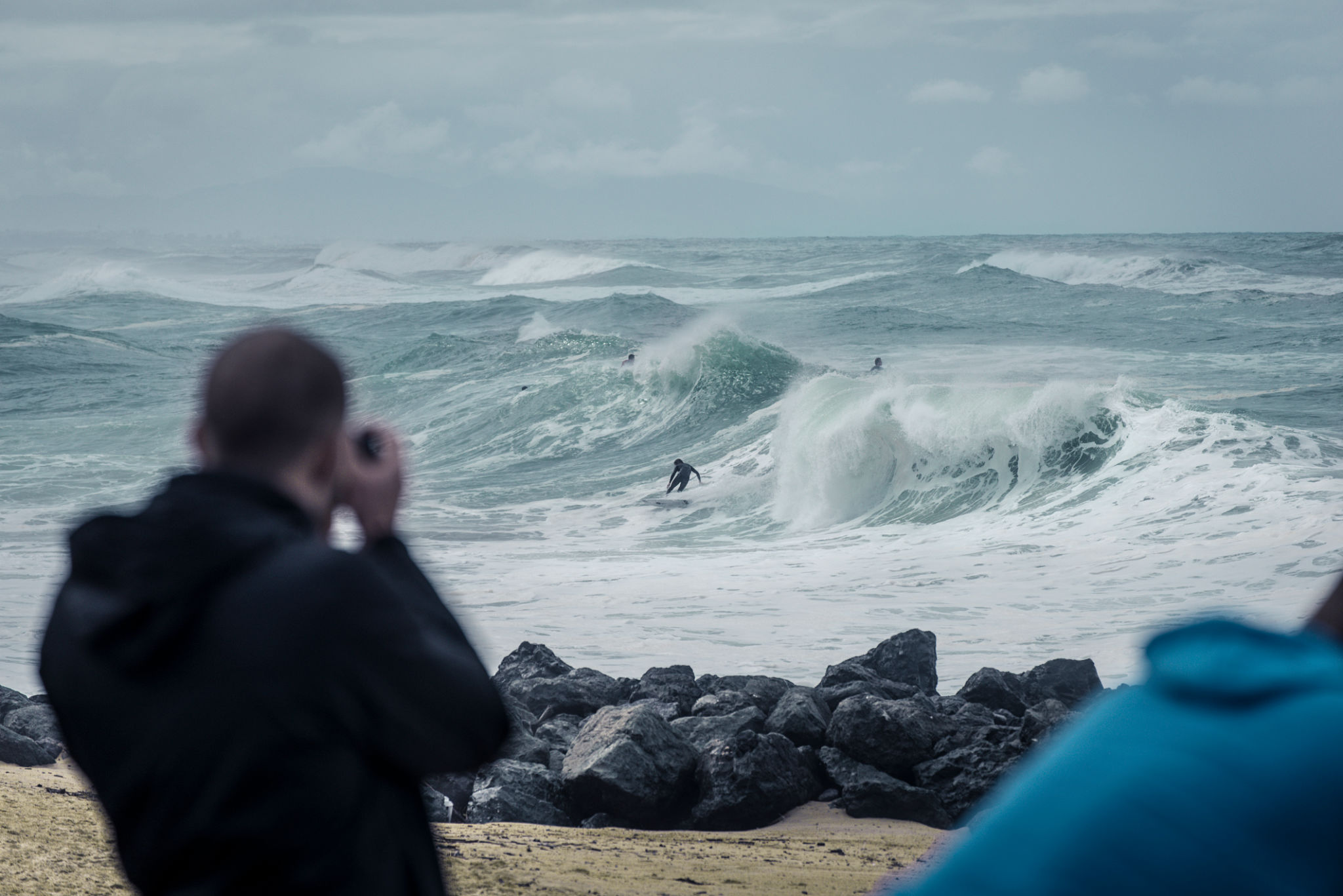How to Capture the Perfect Surfing Moment: Photography Tips for Beginners
Understanding Your Equipment
As a beginner in surf photography, it's essential to familiarize yourself with your equipment. Whether you're using a DSLR, a mirrorless camera, or even a smartphone, understanding the settings and capabilities of your device is crucial. Start by exploring the manual settings, such as shutter speed, aperture, and ISO, which will allow you to capture the dynamic motion of surfing effectively.
Investing in a good quality lens is also important. A telephoto lens is ideal for surf photography as it allows you to capture surfers from a distance while still filling the frame. If you're shooting with a smartphone, consider using clip-on lenses to enhance your shots.

Choosing the Right Time
The time of day plays a significant role in capturing the perfect surfing moment. Most photographers prefer shooting during the golden hours — early morning or late afternoon — when the sun is low in the sky. This provides softer lighting and can create stunning silhouettes against the waves.
Pay attention to the tide and wave conditions as well. Check local surf reports to find out when the conditions will be optimal for both surfers and photographers. Remember, patience is key, as the perfect wave doesn't come every minute.
Positioning Yourself
Your location on the beach can greatly affect the quality of your photos. Try to find a spot that gives you a clear view of the action without being too close to the water. Safety should always be your priority. If you're comfortable with water photography, consider using a waterproof housing for your camera to get closer to the action.
Experiment with different angles and perspectives. Shooting from a low angle can make the waves appear larger and more dramatic, while a higher vantage point can provide an interesting overview of the surfing action.

Capturing Motion
Surfing is all about movement, so capturing this motion is essential. Use a fast shutter speed to freeze the action and prevent motion blur. A shutter speed of at least 1/1000th of a second is recommended for capturing sharp images of surfers in motion.
Alternatively, you can use a slower shutter speed to create a sense of movement, resulting in an artistic blur effect. This technique requires practice and timing but can produce stunning results once mastered.
Framing and Composition
Good composition can turn a simple shot into an extraordinary one. Use techniques like the rule of thirds to create balanced and aesthetically pleasing images. Keep an eye on the background as well; a clean background will help your subject stand out.
Don't be afraid to get creative with your framing. Experiment with wide shots that capture the surfer along with their environment or close-ups that focus on their expressions and movements.

Post-Processing Tips
Once you've captured your shots, post-processing can enhance them further. Use editing software to adjust exposure, contrast, and colors. Be careful not to over-edit; maintaining a natural look is often best when it comes to surf photography.
Cropping can also help improve composition and focus attention on the surfer. However, make sure to keep enough of the wave in the frame to convey the power and atmosphere of the moment.
Practice and Patience
Like any skill, becoming proficient in surf photography requires practice and patience. Spend time observing experienced photographers and learn from their techniques. The more you practice, the better you'll understand how to anticipate and capture those perfect moments.
Remember that every session in the water offers new challenges and opportunities for unique shots. Stay persistent, keep experimenting with different techniques, and most importantly, enjoy the process of capturing the beauty of surfing through your lens.

